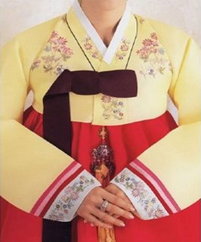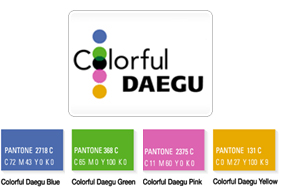Korea, Embracing history and the future
Korea, The country of deep tradition and culture

The Korean Peninsula, located in East Asia, extends southwards from the Asian continent for approximately 1,100 Km.
Since the end of World War II, it has been divided into the countries of North and South Korea.
Prior to the division of the peninsula, it was simply recognized as Korea.
It's surrounded on three sides by water, including the East Sea, Yellow Sea, Korea Strait, Jeju Strait and Korea Bay.
It's separated from the Asian continent and bordered on the north by the countries of China and Russia.
Over their 5,000-year history, Koreans have achieved an indigenous culture, and their unique cultural properties can be found throughout the peninsula.
Koreans have put a high value on learning and have earned a reputation for diligence and dedication.
Hangeul, the Best Korean Invention of All Time

Hangeul, the Korean alphabet, refers to the series of letters that form syllables with which the Korean language is written. The most unique aspect of Hangeul is that it was intentionally created by the government as a written means of expressing the Korean language. History states that King Sejong, who was the 4th king of the Joseon Dynasty, sponsored and helped in the scientific creation of the alphabet with the help of a team of scholars, making it the most significant invention in Korean history.
Hansik, Showing taste and humanity in a dish

Hansik, meaning Korean food, contains less meat than most traditional Western or Chinese cuisine, and features a wide variety of fermented foods, assorted vegetable dishes, and rice. It is very nutritious and is becoming more and more popular around the world for its health benefits. Traditionally, Korean table settings are comprised of a number of side dishes. Family and friends gather around the table and share between themselves, sampling every dish.
Hanbok, Clothes that resembles a nature

Hanbok, the cultural clothing of Korea, was established as a part of the unique living culture of Korea, influenced by the geographical and climatic nature of the Korean peninsula, and handed down throughout the years to present times.
Hanbok is also referred to as Korean traditional clothing or folk clothing.
Hanbok basically consists of jeogori (jacket) and baji (trousers), showing Northern Scythian natures.
The hanbok is also worn for funerals or religious services, and is still used as casual wear in villages or districts where the traditional ways of life are still maintained such as Chunghak-dong on Mount Jiri.
Colorful City, Daegu

The Republic of Korea, once known as the "Land of the Morning Calm," is now the world's 11th largest economy and the gateway to Northeast Asia.
Its natural beauty, combined with unique cultural heritage preserved for thousands of years and amiable people, attracts visitors from all over the world.
The official slogan of Daegu, “Colorful Daegu”, is aimed at creating an impression of youth, brightness, elegance, exuberance and vitality as well as diversity and progress.
